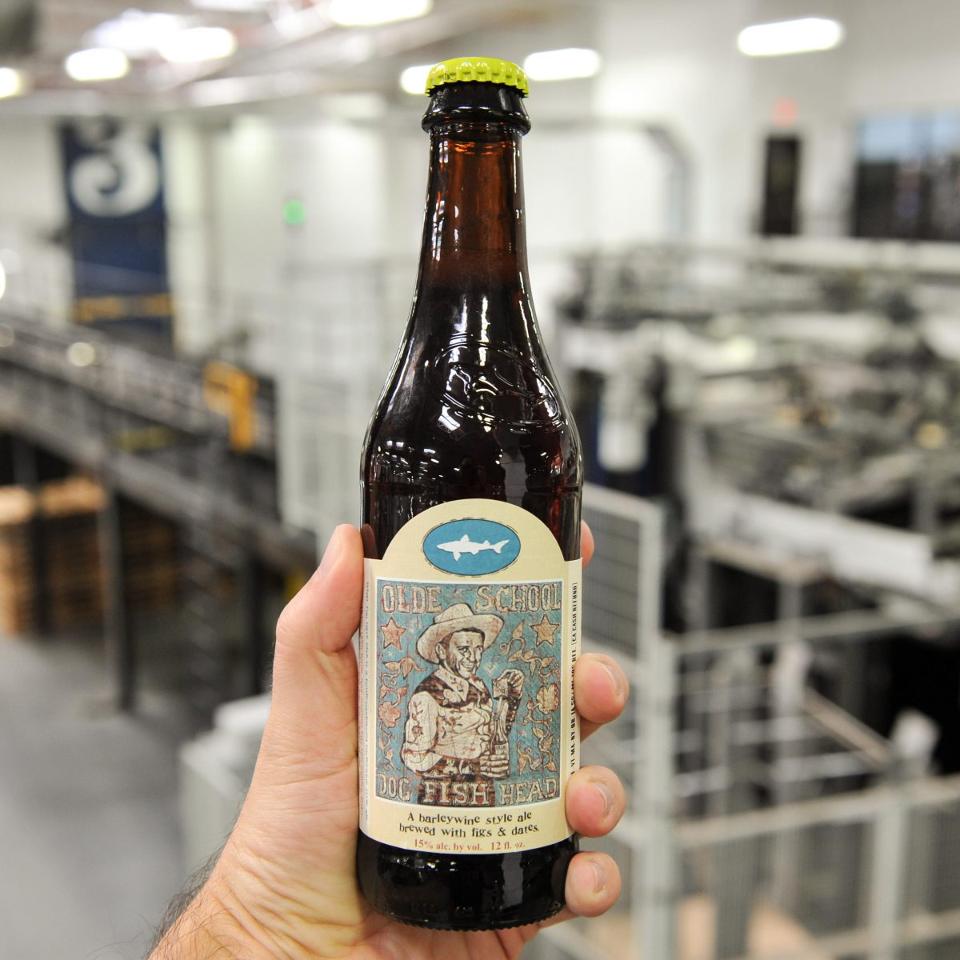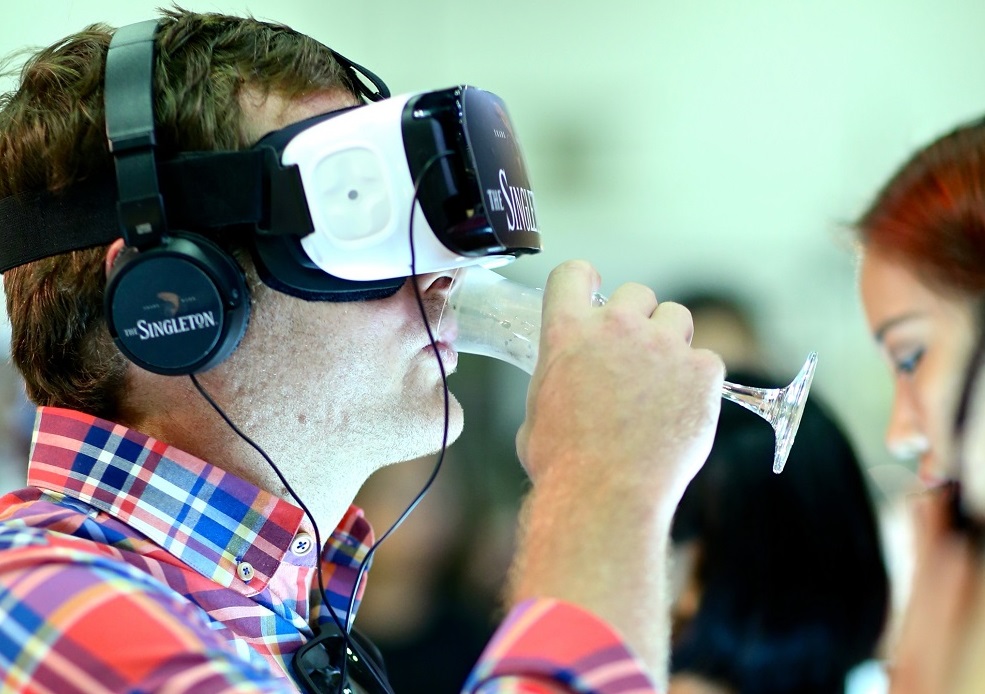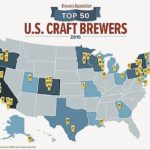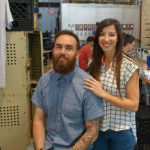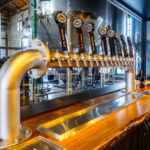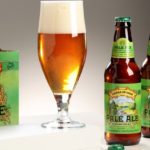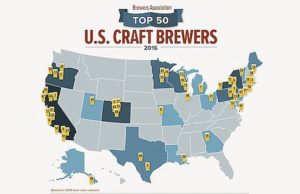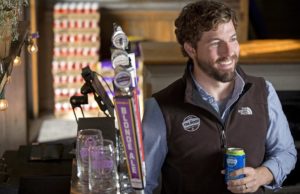The Five W’s Of Drinking In 2017
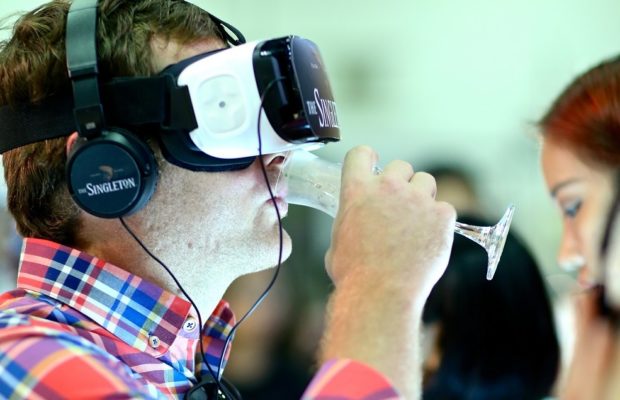
Many Americans drinkers are entering 2017 with trepidation, and it’s not just because they may fear our new president prefers Twitter to tolerance. As I’ve chronicled in this space, the global beer market is , and its players – small to large – are pretty much asking a crystal ball how to maneuver within such uncharted territory. Life is somewhat more stable on the spirits side, though the Internet is continuing to profoundly transform . Spirit brands, more often than not owned by a handful of international conglomerates, have to and smart marketing to stay ahead of sharply banking sociological trends.
That doesn’t mean things are all bad for the industry. Alcohol is becoming an ingrained part of many aspects of our lives (just ask the National Institute on Alcohol Abuse and Alcoholism how it feels about beer sales at college ball games), and all this competition and consolidation may mean lower cost inputs for partnered companies and eventually fewer rivals to clutter the Darwinian path.
as corporations use big data to tailor marketing messages and experiences to each segment within their target markets. Though they , they’re seeking deeper engagement with their brands when they do. They’re also using social media to broadcast what they’re drinking and doing, crafting their image by what they hold in their hands.
Here are some big trends to expect over the coming year.
Drinkers are increasingly choosing places to gather outside the bar. It’s diminishing bar revenues while raising revenues at liquor stores and other places where people get together to have fun. As I’ve written, but they’re also congregating at thousands of festivals and conferences that didn’t exist five years ago. Andrew Geoghegan, global consumer planning director at Diageo, the world’s largest spirits company, calls this “a real disrupter.”
“Nightclubs are declining and people are moving increasingly to festivals and places that are far more imaginative and collaborative,” he says. “Whether it’s food, dance, music or something else, it represents a real shift.”
Let’s break down the basics of what drinking at a festival means: walking or dancing around; informal clothes and atmosphere; a long session, perhaps outside or during the day; the possible inclusion of kids or dogs; wanting to stay as hands-free as possible. What does this mean for liquor suppliers?
So maybe a liquor company like Diageo combines a few of its brands to release a cocktail that comes in a Tetrapak, . Or a brand sponsors a concert or event to surround you with its messaging or even collaborates with a headliner to make or name a drink that’s sold on-site.
This April Unibroue is sponsoring the The Canadian brewery to brew an ale called A Tout le Monde, which will obviously be featured. Mustaine will make an appearance at the fest, as will Unibroue head brewer Jerry Vietz.
Through I haven’t been able to track this down, I’ve heard rumors of a restaurant whose servers bring a specifically selected stick of incense to the table along with each meal. Whether this actually exists (please comment if you know of such a place), it does speak to an emerging trend to more fully integrate other senses into tasting experiences. It helps brand ambassadors teach drinkers how to better understand the beverage and gives these drinkers a unique engagement they can brag about social media.
To wit: The Singleton whisky reps are traveling the world’s food-and-drink festivals with VR headsets and earphones. Participants put on the garb for a 2.5 minute audio-visual tour of the Glen Ord distillery while sipping a dram and virtually floating through the Scottish Highlands. The Singleton also collaborated with Oxford University to in SoHo (London) that each contained different colors, décor, music and smells. Participants wandered through the rooms, instructed to notice how the whisky they drank seemed to change from room to room. In a report released Wednesday called “The Changing Face of Socialising,” The Singleton owner Diageo predicts that bars of the future will focus more on sensory immersion as part of the experience.
More Consolidation and Constriction of the Market
The federal Tax and Trade Bureau has announced that it has issued 7,190 brewery permits as of the end of last year, which marks a leap of an almost unimaginable 2,000 or-so breweries since around this time last year. At the same time, craft beer growth has slowed to single digits, and several notable large craft breweries like Stone Brewing, Green Flash Brewing and Great Divide Brewing have either laid off workers or admitted that their production has declined for the first time. To survive, breweries, links in their supply chains and associated industries will continue to merge or sell out in traditional or new ways. For some examples, read about three transactions that’ve taken place in the past six months: Northern Brewer Homebrew Supply sells to Anheuser-Busch InBev, Stone Brewing announces a new funding mechanism, and a new venture called “Reinheits Boten” combines five German craft breweries to share costs to export to the US market. Less well-funded start-up breweries will fold, and breweries and distributors will pool resources to share sales reps.
Tiki, Flair and Fun
Diminishing are the days when “mixologists” act as if they’re so much better than thou. Sick of the stiffness of the speakeasy-style cocktail crafter, other bar professionals are condemning the condescension and returning to the 1980s and 1990s, when their predecessors stuck umbrellas in brightly colored rum drinks and tossed shakers over their heads a la Tom Cruise in “Cocktail.” Don’t believe me? Philadelphia alone supports two relatively new tiki bars and one flair bar. But the drinking class hasn’t forgotten what it’s learned in the time that Cruise went from sexy star to wacky Scientologist. Rums, which are coming back in their own right, are arriving from new origins, and instead of reverting back to sticky store-bought mixes, ingredients typically remain fresh, somewhat seasonal, and made in-house.
More Barrel-aging … But not Necessarily with Bourbon
Sonoma County’s Russian River Brewing got famous for making two things very well: extremely rare, hoppy beers and beers aged in barrels sourced from neighboring wineries. With craft brewers stretching their imaginations to try out novel ideas and finding it expensive to contract highly sought-after bourbon barrels, they’re increasingly collaborating with their neighbors across the wine and liquor aisles. It’s no longer surprising to see a beer aged in brandy or sherry casks, and we’re going to see more barrel-sharing between breweries, wineries and distilleries. To wit: Goose Island Beer just partnered with Pennsylvania’s Karamoor Estate Wines to age its celebrated saison Sophie in Cabernet Franc and Petit Verdot barrels, and Camden, New Jersey’s Cooper River Distillers distilled an IPA from Philly’s St. Benjamin Brewing to make a limited-run whiskey. You’ll see even more of this as more mature craft breweries produce more spirits and greater numbers of start-up breweries and distilleries locate next to one another.
It’s Lager Time
Lagers are fast becoming the new ales. When American craft beer emerged in the late 1970s, it was partially in opposition to the macrobrewing behemoths that essentially brewed two German-and Czech-based styles: American Lager and American Light Lager. You know, that cheap yellow stuff that Europeans spent decades mocking us for. To revolt, craft brewers have spent 40 years brewing aggressive hop- and yeast-forward ales in the image of England and Belgium. But now our palates need a break and independent brewers are brewing with more subtlety and less alcohol. Lagers, which differ from ales in the yeast used to ferment them, are leaking back into the American lexicon and making the style exciting. Over the next few years, expect to see many, many more Oktoberfest-season marzens, craft Mexican lagers, Vienna lagers, and definitely more hoppy pilsners.
In a quest to produce a documentary that tells the contemporary cultural story of craft beer, filmmaker Doug Tirola is focusing his lens on lagers, with a possible concentration on the pilsner category of lagers.
“Pilsner is the underdog, especially at the cool kids table, but some of the cool kids and forward thinkers and trendsetters are the ones trying to do it first,” he says.
I’m calling 2017 the Year of the Lager.
How many beers do you miss that aren’t made anymore? Depending on what it is, you may get lucky enough to see it on shelves again. Rodenbach made news about two months ago for re-releasing cult classic Alexander for the first time in 17 years, and Dogfish Head Brewing recently announced the reprise of Olde School barleywine, periodically taken out of rotation since its debut in 2002.
Dogfish founder Sam Calagione emails that the reintroduction is in part a way to create buzz and retry a style that may have fallen out of fashion. But more than that, he says, “We have over 100 off-centered recipes that we love and certain beers lovers love – we can’t release them all every single year so this system … is what works best for us.”
Diet-Specific Spirits and Non-spirits
Light beer dominates US beer sales, occupying three of the top four spots on the list of the nation’s best beer sellers. But companies like Diageo are going far past caloric counts. In addition to advocating for nutritional labels on bottles, it’s released Bailey’s Almanade, an almond milk version of the original Irish cream that’s dairy- and gluten-free. Expect to see more diet-specific spirts, along with an ever-growing array of mocktails on menus.
The Better to Digest You with, My Dear
Amaro. If you haven’t acquired a taste for this bracingly bitter botanical liqueur, you soon might. Often served straight in dainty glasses and believed to soothe a full stomach, the presence of this Italian after-dinner drink indicates a bar that’s gotten the memo. Hundreds of varieties exist, and some, like Fernet Branca and Montenegro, are known by their brand name.
Click here to view original web page at www.forbes.com


